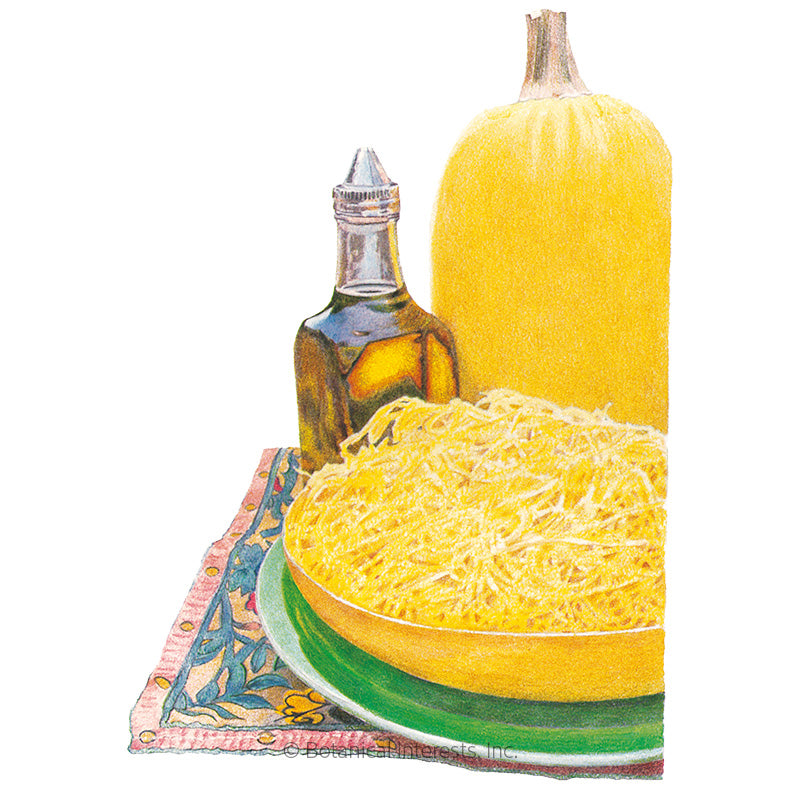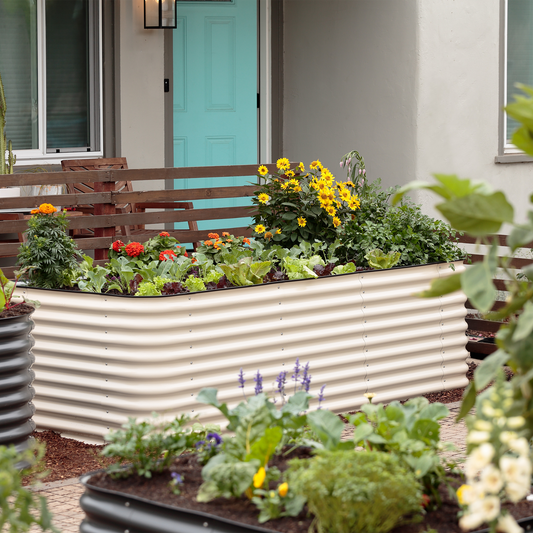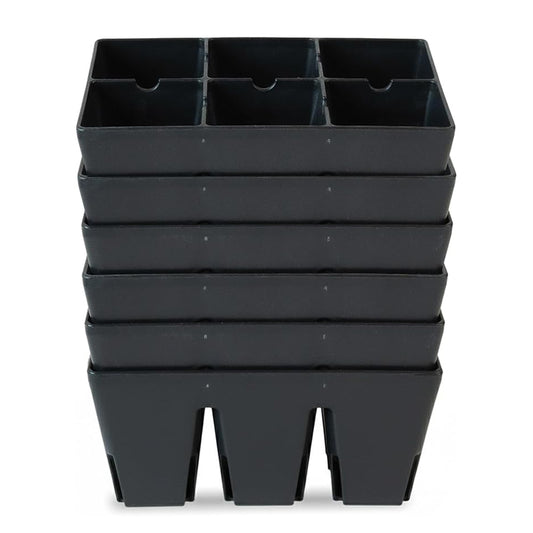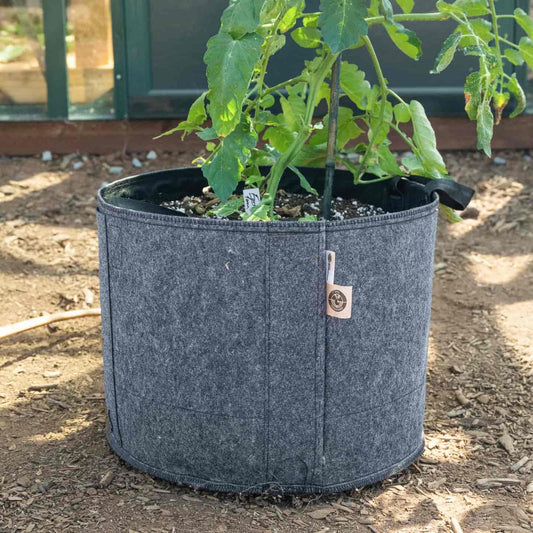




Your hardiness zone is
- Variety Info
- Sowing Info
- Growing Info
Variety Info
Days to Maturity: 90–100 days
Family: Cucurbitaceae
Type: Spaghetti Squash, Winter Squash (Learn more)
Native: United States and Northern Mexico
Hardiness: Frost-sensitive annual
Exposure: Full sun
Plant Dimensions: 8'–12' vines
Variety Info: 8"–12" long, 4"–5" diameter, pale yellow, cylindrical shape. Flesh is pale yellow, and falls away from the shell in spaghetti-like strands.
Attributes: Frost Sensitive
Sowing Info
When to Sow Outside: RECOMMENDED. 1 to 2 weeks after your average last frost date, and when soil temperature is 70°–85°F.
When to Start Inside: Not recommended except in very short growing seasons, 2 to 4 weeks before transplanting. Roots are sensitive to disturbance; sow in biodegradable pots that can be planted directly into the ground. Transplant when soil temperature is at least 60°F.
Days to Emerge: 5–10 days
Seed Depth: ½–1"
Seed Spacing: 2–3 seeds per mound
Row Spacing: 6'
Thinning: When 3" leaves, thin to 1–2 per mound
Growing Info
Harvesting: Harvest when the squash's rind is hard enough that you can't dent it with your fingernail and before first frost. Cut stem, (don't break it off) leaving 2" of stem attached, which keeps the squash whole, leaving no opening for infection. Though fruits are hard and may seem indestructible, treat them gently; bruising can spoil squash.













